Q9. What is the benefit of being able to mount multiple lasers?
There are three purposes to changing the type of laser:
1. Reducing damage to the sample.
2. Avoiding fluorescence. Fluorescence emitted by a 532 nm laser can be eliminated by using the 785 nm laser (Fig. 19).
3. Increasing the sensitivity using the resonance Raman effect. Figure 20 shows Raman spectra of the yolk of a boiled egg. Peaks due to amide III, which are difficult to detect at 532 nm and 633 nm, are clearly seen using the resonance Raman effect.
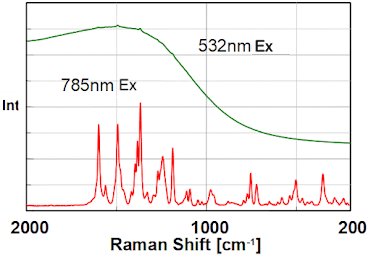
Fig. 19 Raman spectrum of pigment (red), avoiding fluorescence by use of 785 nm laser
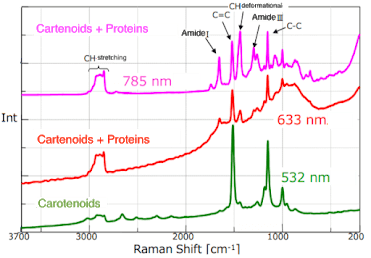
Fig. 20 Raman spectrum of yolk of boiled egg
Q10. What if I need a non-standard grating?
This may be the case if you are using a standard 532 nm laser, or if you need to perform high-resolution measurements. In JASCO spectrophotometers, as shown in the figure, up to four gratings can be mounted, and it is possible to easily switch between them (Fig. 21). In Fig. 22, it can be seen that a 2400 gr/mm grating provides superior peak separation and higher wavenumber resolution when measuring a taurine spectrum.
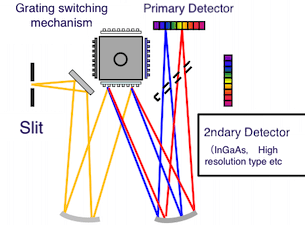
Fig. 21 Switching diffraction gratings
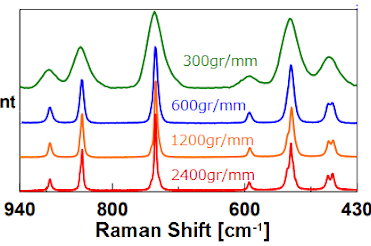
Fig. 22 Taurine spectra obtained using different gratings
Q11. Why are you using 532 nm as the standard laser?
JASCO uses a 532 nm green laser as the standard in consideration of sample damage, ease of use (such as visibility on the sample), laser quality, ease of alignment and durability.
Q12. What kind of laser can be used other than 532 nm?
The wavelengths that are available are 244, 257, 325, 441, 488, 514.5, 632.8, 785 and 1064 nm. Wavelengths of 244 and 257 nm can be used for photometric measurement of resonance Raman and wide gap semiconductors (GaN and SiC). Wavelengths of 785 and 1064 nm can be used for measurement of fluorescent samples or biological samples.
Q13. How can I perform measurements using a 1064 nm laser?
An InGaAs array detector is used to detect Raman scattered light from the 1064 nm laser. The JASCO NRS-5000 / 7000 series can be used as a second detector. Automatic switching between lasers, gratings and detectors makes it easy to switch between 532 nm and 1064 nm measurements.
Q14. What kind of data can be acquired with 1064 nm laser?
If you use a 1064 nm laser for a sample that emits fluorescence with a 532, 633 or 785 nm laser, you may obtain better data by eliminating the fluorescence. Figure 23 show spectra obtained from red paint at different laser wavelengths. The baseline is low only when using a 1064 nm laser, and a clear Raman peak is observed at 1000 to 1500 cm-1.
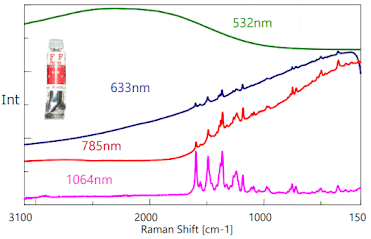
Fig. 23 Measurement of red paint using a 1064 nm laser
Q15. What is the procedure for switching lasers?
The setup for the laser, diffraction grating, and objective lens is automatically performed using simple software commands.
Related Posts:
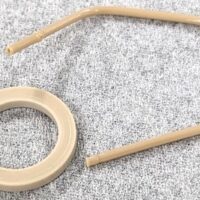 Avoiding Interference from Fluorescence Signal by…
Avoiding Interference from Fluorescence Signal by…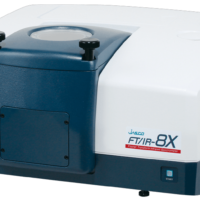 Development and Applications of Full-Vacuum FT-IR…
Development and Applications of Full-Vacuum FT-IR…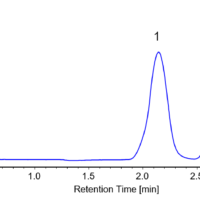 Chiral preparative separation of warfarin using…
Chiral preparative separation of warfarin using…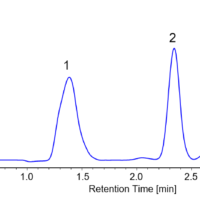 Achiral preparative separation using Preparative SFC…
Achiral preparative separation using Preparative SFC…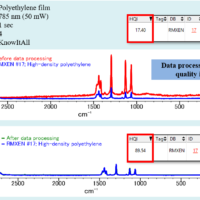 Can the JASCO Palmtop Raman spectrometer perform a…
Can the JASCO Palmtop Raman spectrometer perform a…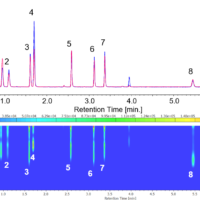 Analysis of Ultraviolet Absorbers in Sunscreen Cream…
Analysis of Ultraviolet Absorbers in Sunscreen Cream…
